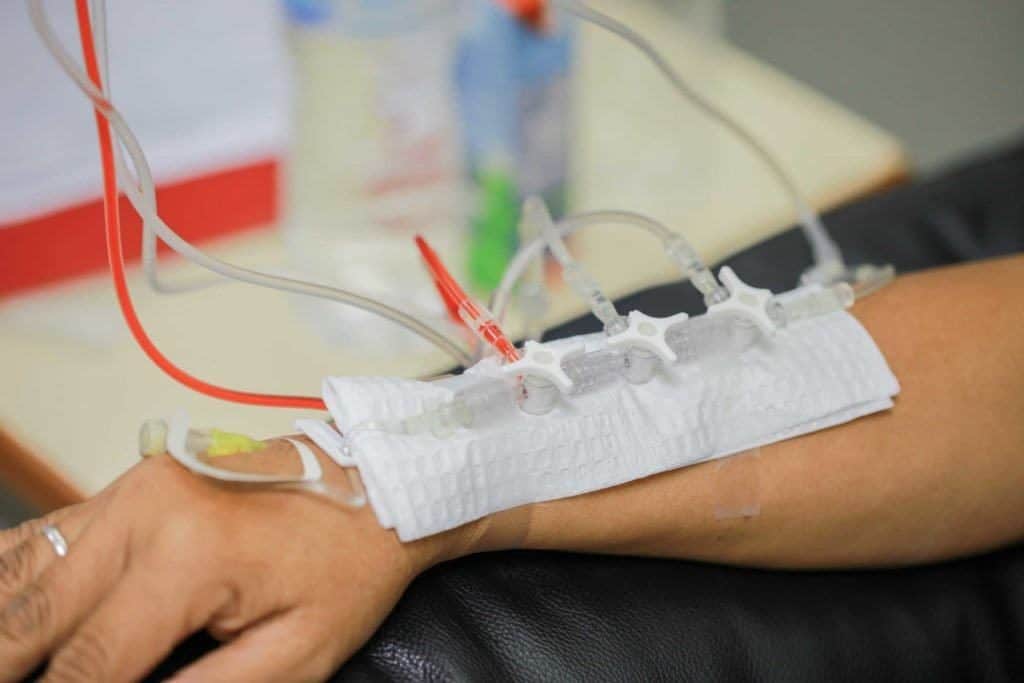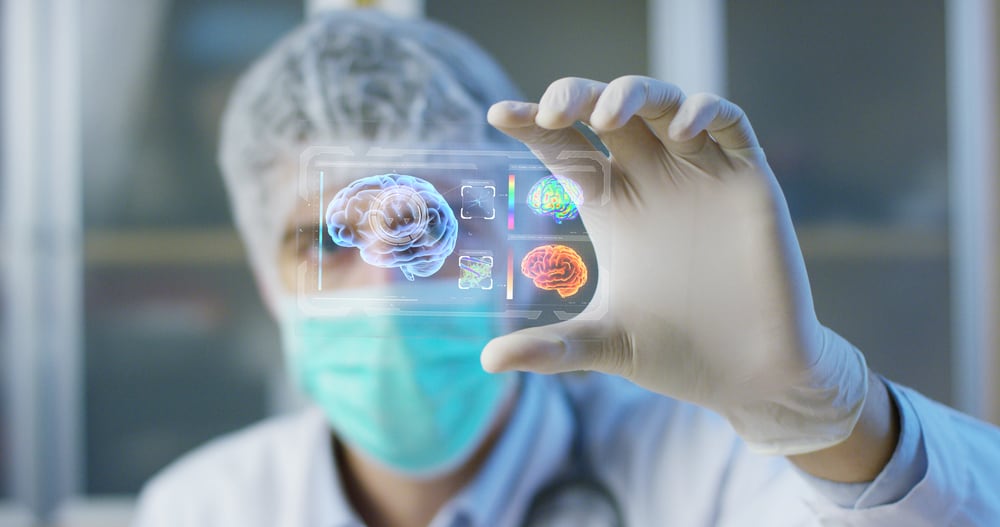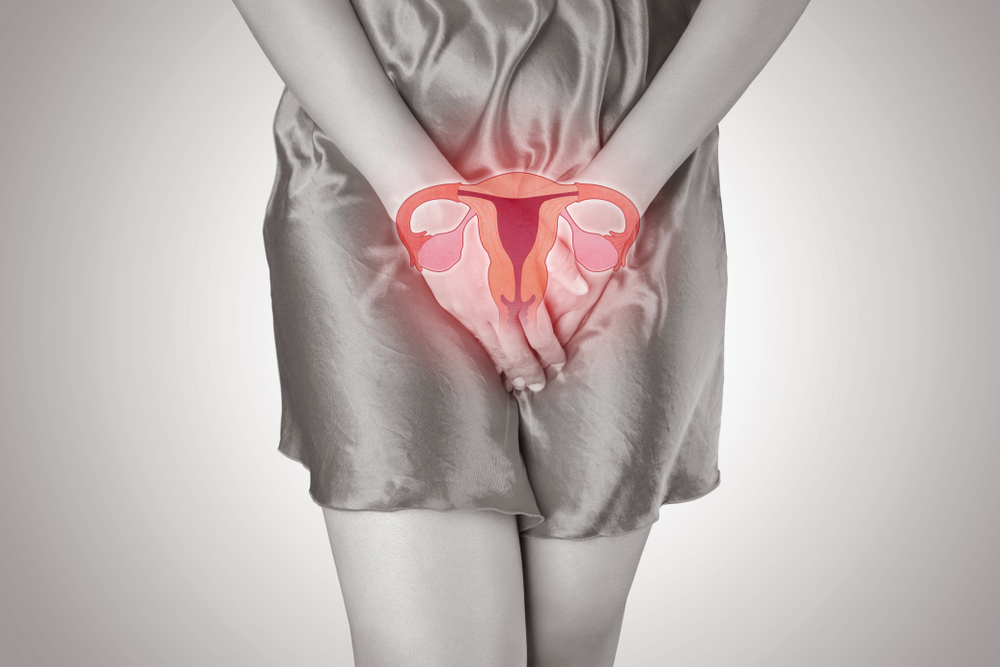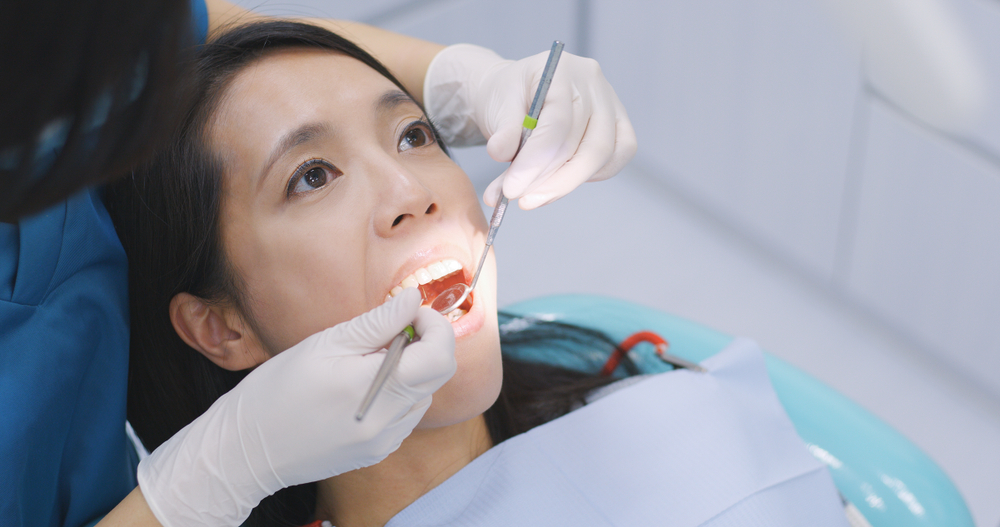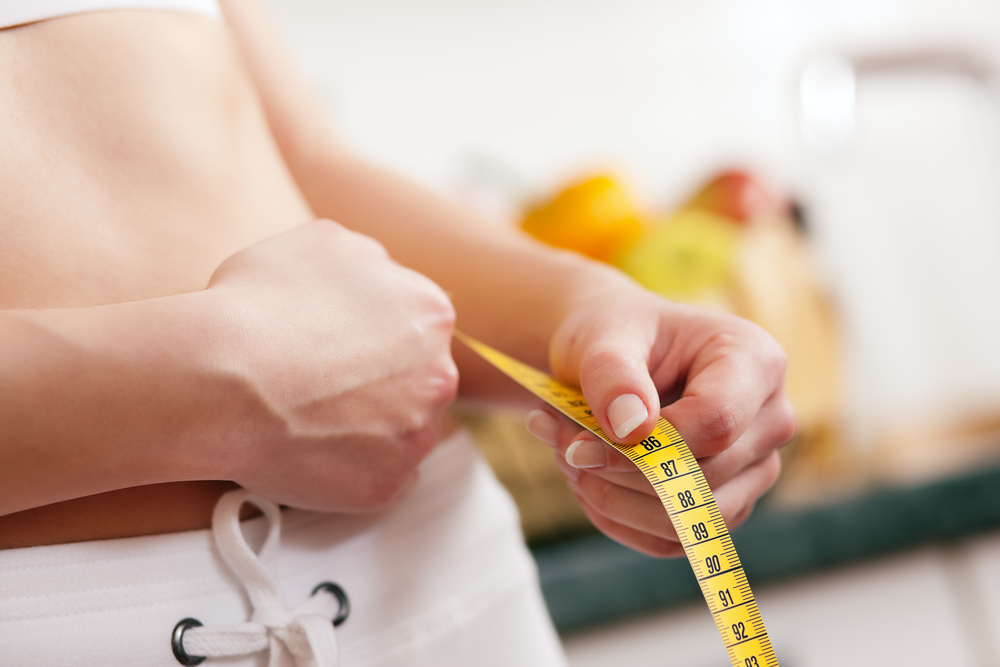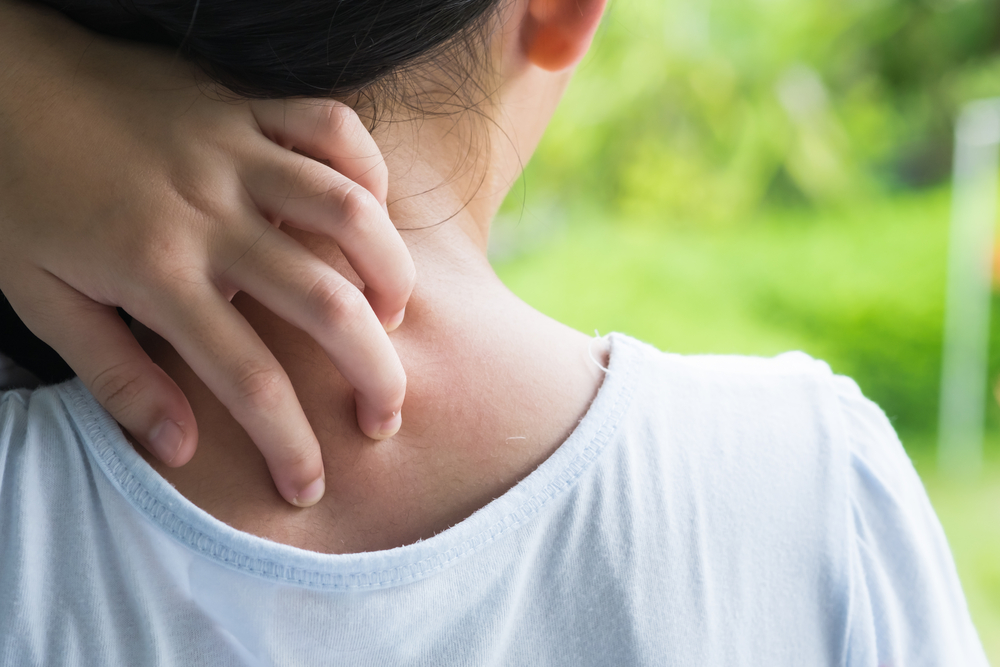Contents:
Medical Video: A child's guide to hospital: Dental X-ray
Definition
What is a dental X-ray?
Dental x-rays, or dental x-rays, are images of teeth, bones, and soft tissues forming teeth to help doctors find problems with your teeth, mouth and jaw. X-rays can show holes in the teeth, hidden tooth structures (such as wisdom teeth), and bone loss that is not visible during a visual examination. Dental x-rays can also be done as a follow-up after a routine dental examination.
The following are some of the commonly used types of dental X-rays. Dental x-rays use a small amount of radiation.
- Bitewing X-ray will show the back teeth in the lower and upper jaws, and how the teeth look when you close your jaw and come into contact with each other. This type of X-ray is used to check for decay between the teeth and show how well the upper and lower teeth line up. The results of the scan will also show bone loss when severe gum disease or dental infection is detected
- Periapical X-ray will show the entire tooth, starting from the crown of the tooth that appears to the roots and bones that support the tooth. This type of X-ray is used to look for dental problems under the surface of the gums or in the jaw, such as collided teeth, abscesses, cysts, tumors, and bone changes caused by certain diseases
- Occlusal X-ray will show the palate and floor of the mouth and is used to look for additional teeth, teeth that have not grown out of the gum, jaw rupture, cleft palate, cysts, abscesses, or other growths. Occlusal X-rays can also be used to detect foreign objects in the mouth
- Panoramic X-ray shows a broad picture of the jaw, along with teeth, sinuses, nasal area, and joints in the jaw (temporomandibular joint). These X-rays do not function to look for holes in the teeth, but rather to see disturbances in the mouth, such as collided teeth, bone abnormalities, cysts, tumors, infections, and fractures
- Digital X-ray can be transferred to the monitor to be recorded and stored in digital form.
The overall oral examination of periapical X-ray (using around 14-21 X-ray films) is the most popular method used when the first time a person visits a dentist. Bitewing X-rays are used during regular examinations to ensure tooth decay. Panoramic X-rays may be used from time to time. Dental x-rays will be scheduled based on your needs and seen from age, risk of disease and signs of disease.
When should I have a dental x-ray?
Dental x-rays are done for:
- looking for problems in the mouth, such as tooth decay, bone damage that supports the teeth, and other dental injuries (damaged tooth roots). General dental x-rays are used to detect early. These problems before symptoms appear
- look for teeth that do not stand in place or cannot grow out of the gums. The position of the teeth that are too crowded and meeting each other is called a tooth attached
- find cysts, tumors, or abscesses
- check the location of permanent teeth that grow in the jaw in children who still have milk teeth
- schedule therapy for severe cavities, root dental surgery, dental implants, and tooth extraction operations
- plan therapy to improve the arrangement of teeth that are not neat (orthodontic)
Without X-rays, the dentist can go through the early stages of tooth decay.
For people who do not have tooth decay and are not at high risk for cavities:
- adults must do bitewing X-rays at least every 2-3 years
- adolescents must do bitewing X-rays at least 1.5-3 years
- children must do bitewing X-rays at least once a year
For people who have tooth decay and are at high risk for cavities:
- adults must do bitewing X-rays at least 6 months - 1.5 years
- adolescents and children must do bitewing X-rays at least 6-12 months
Prevention & warning
What should I know before undergoing a dental x-ray?
If you visit a new dentist, ask your old dentist to send a copy of the X-ray results to the dentist you are currently visiting. This way, you no longer need an x-ray scan at your new dentist's place.
Process
What should I do before undergoing a dental x-ray?
Before x-rays, tell your dentist if you are pregnant or waiting for pregnancy. Dental x-rays are only done in the mouth area, but if you are pregnant, a routine scan may be delayed so that you will not be at risk of exposing radiation to your fetus. If a dental x-ray procedure is needed, a cover made of tin will be positioned to cover your stomach to ward off radiation.
You don't need to prepare anything before doing a dental x-ray.
How is the dental x-ray process?
The procedure will be carried out in the dentist's room. The scan results will be checked by your dentist. You will be asked to sit straight, then the doctor's assistant will cover your body with a lead apron. This apron will protect your body from radiation rays. Your doctor's assistant will cover your neck with an apron collar (called thyroidshield) to protect the thyroid gland from radiation. Other people (assistants) will be asked to wear the same apron during the procedure, or stand behind a safe boundary. Then the doctor's assistant will ask you to close your jaw and bite the piece of cardboard or plastic that keeps the X-ray film in it. You might do this several times to get a picture of the entire tooth.
Some x-ray machines have a camera that will circle your head and take pictures of your teeth when you sit or stand tall. You may be asked to rinse before and after an X-ray procedure.
What should I do after undergoing a dental x-ray?
You can immediately resume your daily activities immediately after the procedure is over. The doctor will then discuss with you the results of your X-ray.
Explanation of Test Results
What do the test results mean?
Dental X-ray | |
| Normal: | No decay is seen |
| There is no visible damage to the bone supporting the teeth | |
| There is no visible damage to the teeth, such as a broken tooth, or a jaw crack | |
| There are no cysts, tumors or abscesses | |
| There are no teeth that grow outside the path or colliding teeth | |
| Abnormal: | Decay is seen |
| Visible damage to bone supporting teeth | |
| Tooth damage, such as a broken tooth, or a jaw fracture | |
| Visible cysts, tumors or abscesses | |
| There are teeth that grow outside the path or colliding teeth | |
What can affect the test?
The reasons below might cause you to be unable to carry out an x-ray procedure or your x-ray results are unclear:
- You move or cannot hold the position of the plastic or cardboard that you bite while you are X-rayed
- If you use braces, retainer, dentures, and piercing (ears, tongue, lips, cheeks or nose)
Hello Health Group does not provide medical advice, diagnosis or treatment.


